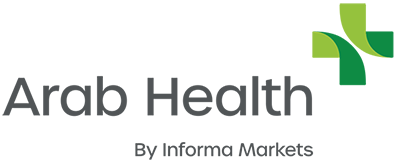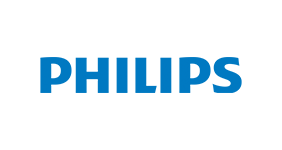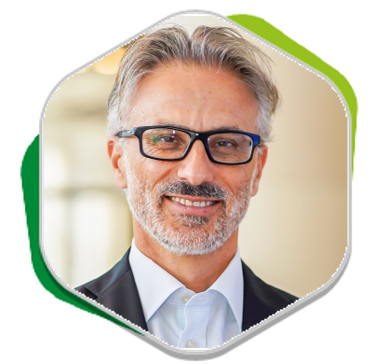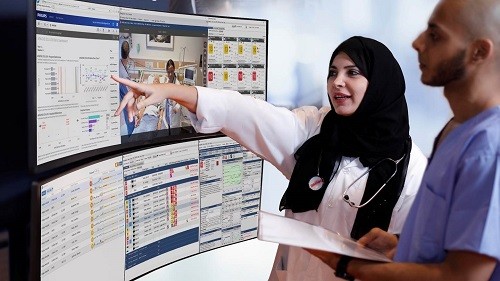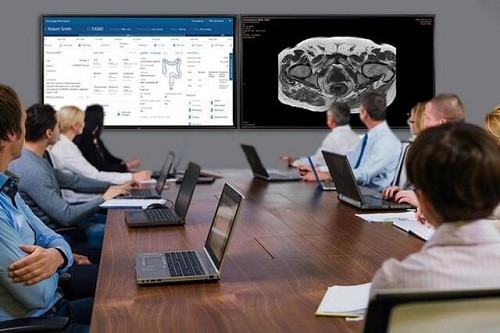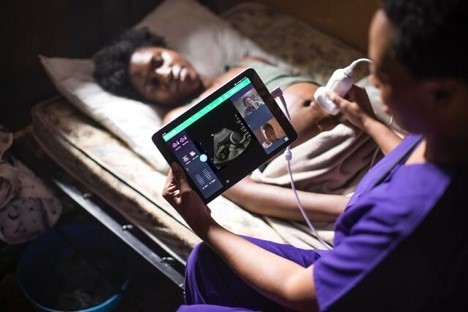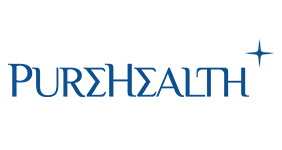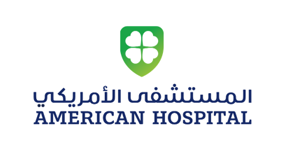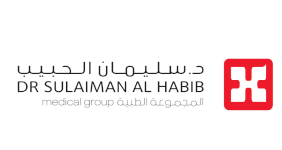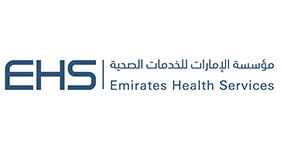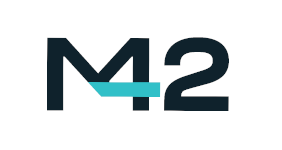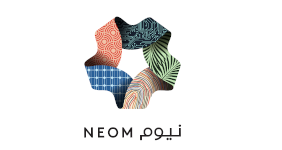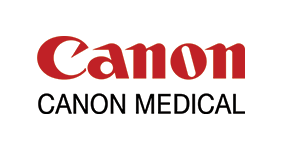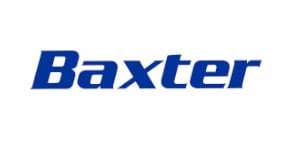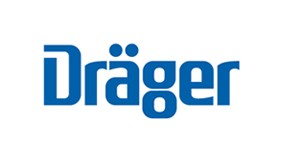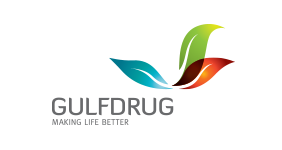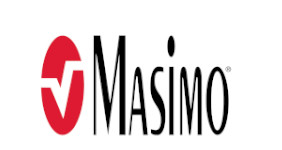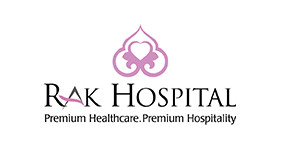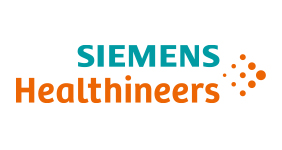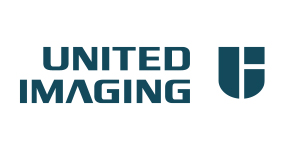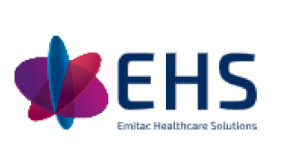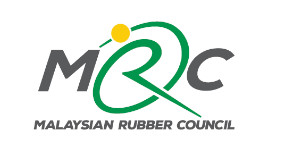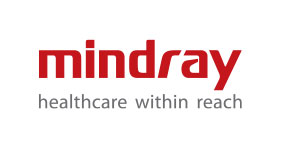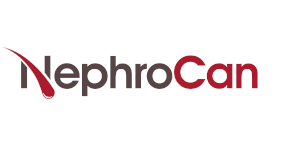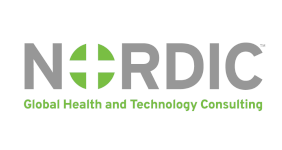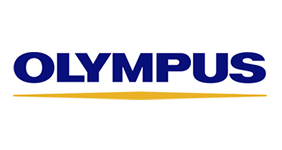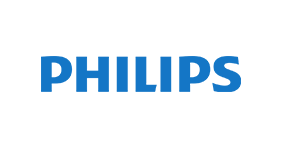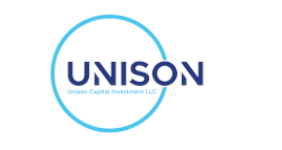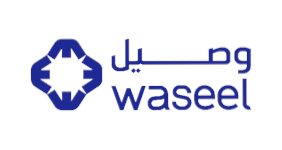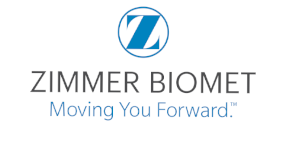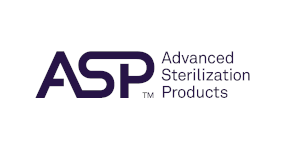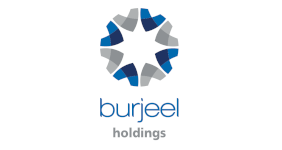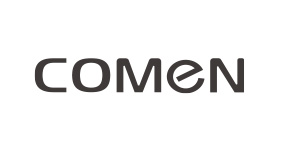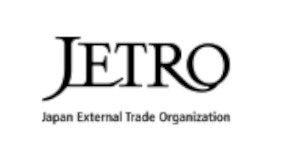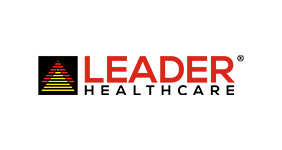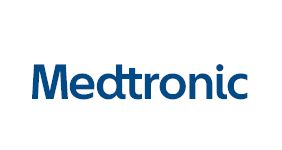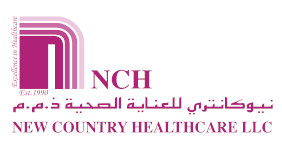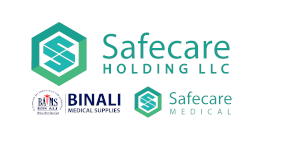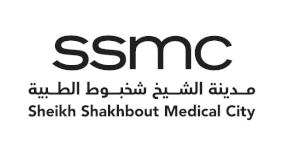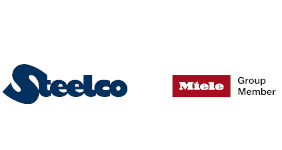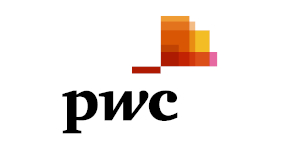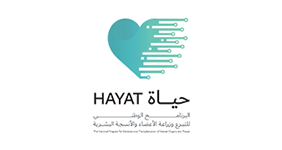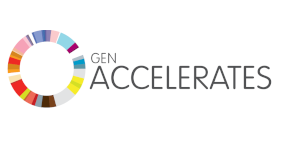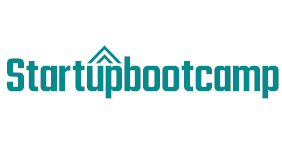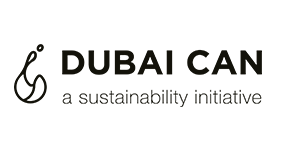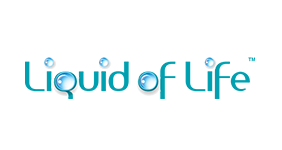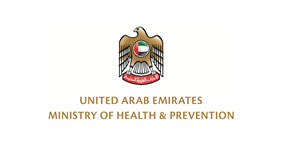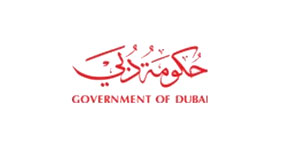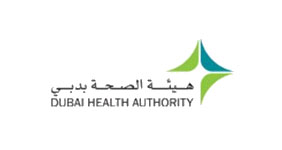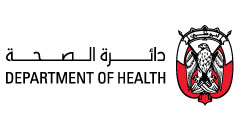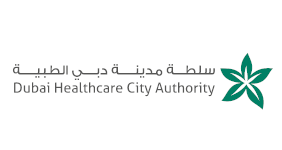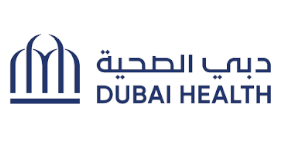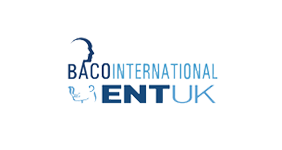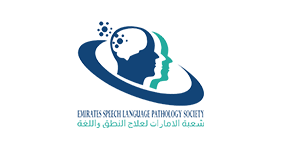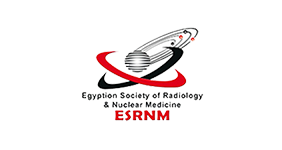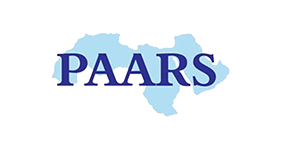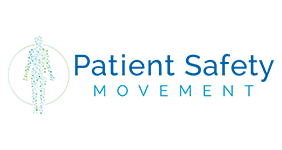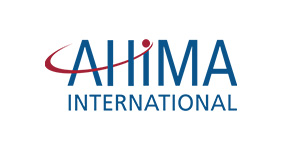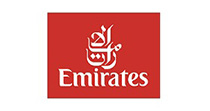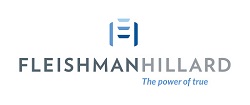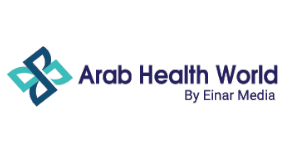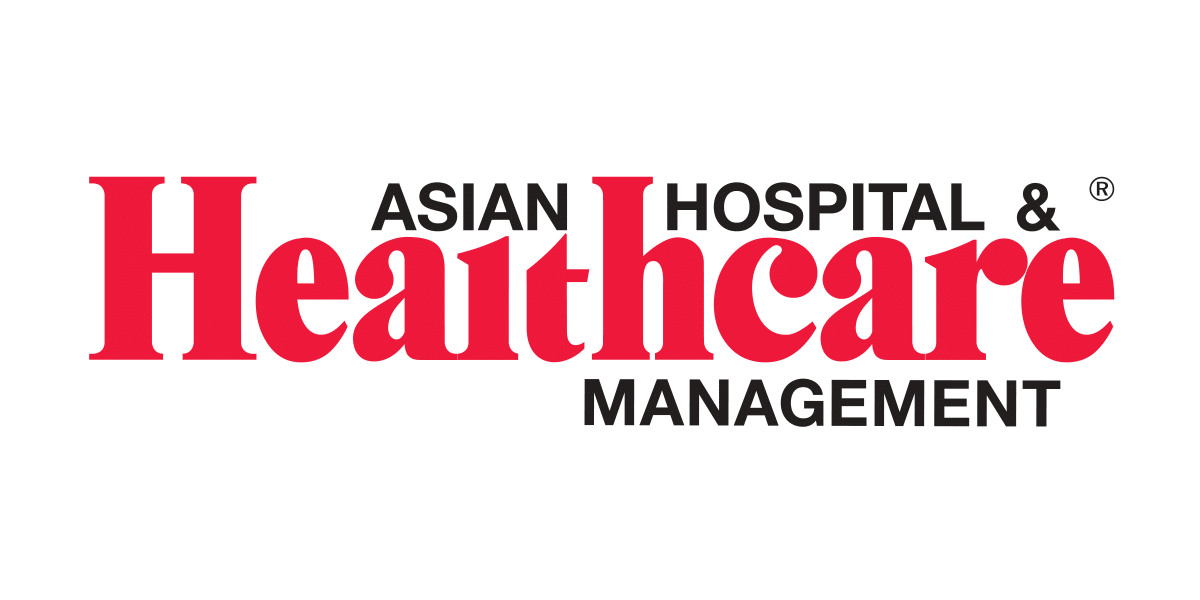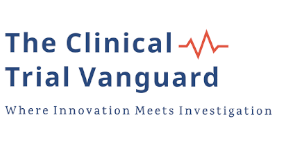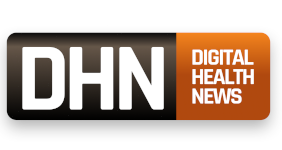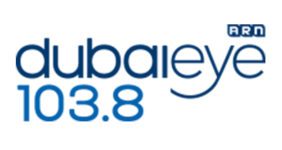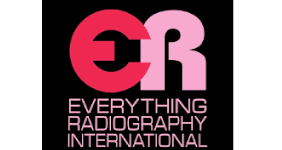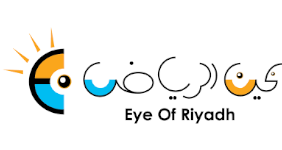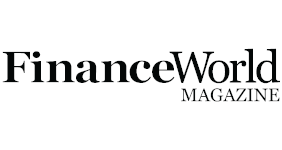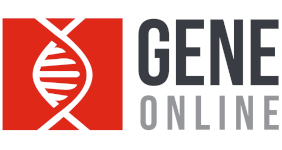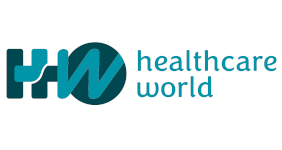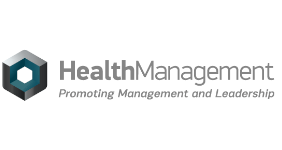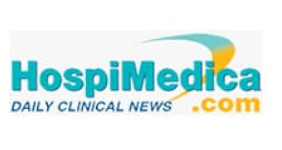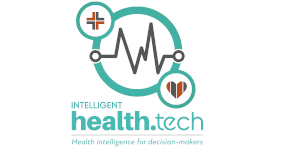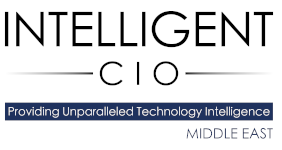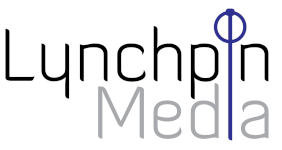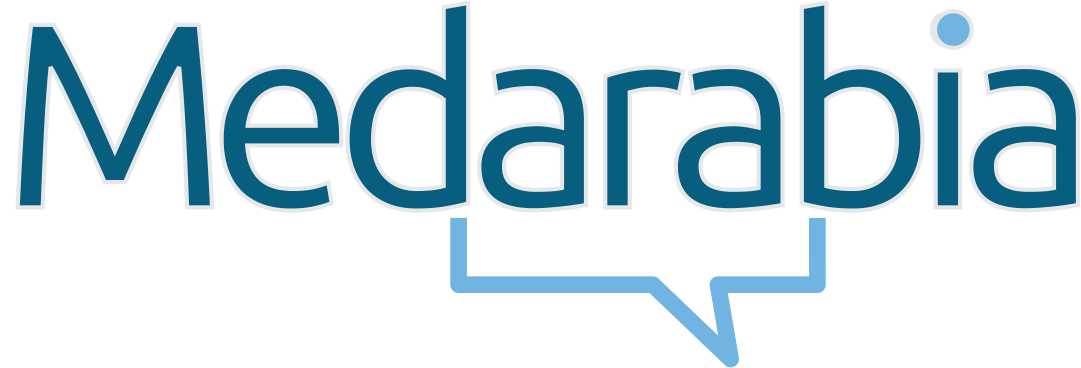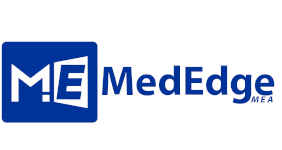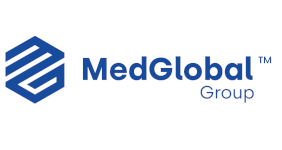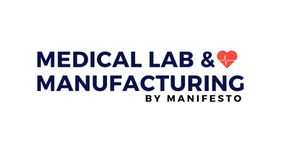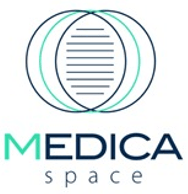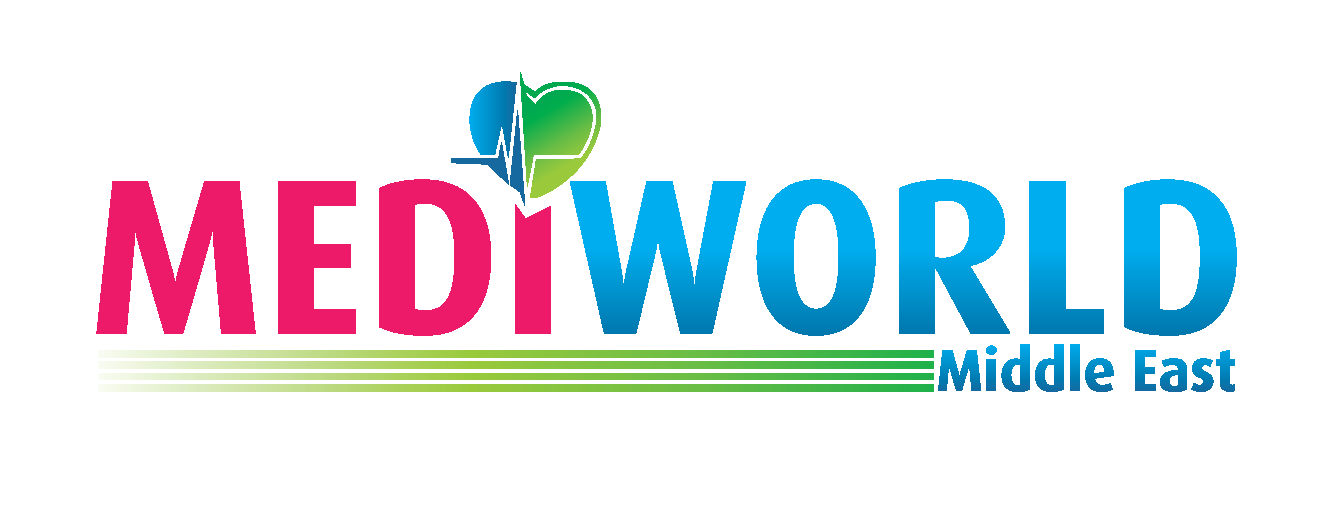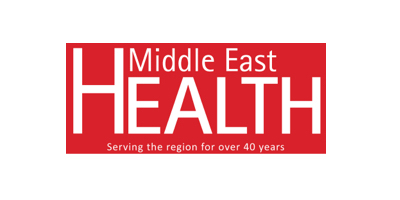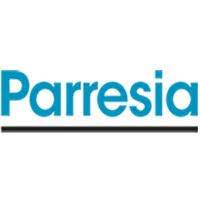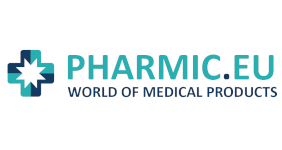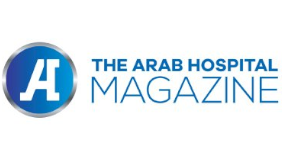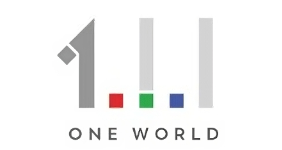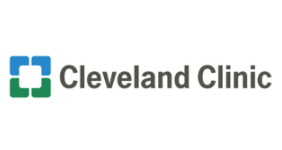Making connected care a reality
Philips latest platforms that are driving the digitisation of healthcare will be showcased at Arab Health.
By Deepa Narwani, Senior Editor
As a leader in health technology, Philips will be showcasing the company’s latest innovations created to improve patient and healthcare professionals’ experiences, while delivering better health outcomes, at a lower cost of care, across the care continuum at Arab Health 2021.
For instance, the company will be showcasing the Philips eICU and telepathology platforms that are driving the digitisation of healthcare, bringing the world a step closer to patient-centred care, and enabling access to specialists regardless of location.
Philips will also be introducing the newly launched Spectral CT 7500, which was designed for the first-time-right diagnosis and provides a simple workflow. Spectral is always on, so every scan offers both conventional and 100 per cent spectral results. This can translate into a 34 per cent reduction in time to diagnosis, a 25 per cent reduction in repeat scans and a 30 per cent reduction in follow-up scans[1].
“Arab Health always provides an invaluable opportunity to connect with like-minded stakeholders and potential partners; to listen closely to developing needs, and to connect them to available innovations. We’re looking forward to co-creating solutions that help improve outcomes, patient and staff experience and productivity across the region, and so increasingly delivering value-based care,” said Vincenzo Ventricelli, Chief Executive Officer of Philips Middle East, Turkey & Africa.
[1] Analysis by CARTI Cancer Center in Little Rock Arkansas and University Hospitals of Cleveland - Results from case studies are not predictive of results in other cases. Results in other cases may vary.
In an interview with Arab Health, the CEO stressed that it is important to build on the foundations that were set during COVID-19 where health systems and innovators alike had to pivot and adapt quickly to respond to the crisis.
“One of the biggest leaps forward is that connected care is finally becoming a reality. This means a healthcare infrastructure centred around the patient, with a focus on the healthcare continuum – from healthy living and prevention to acute care in hospitals and chronic care in the home. And above all – telehealth, ensuring that specialists can access vital patient data and can collaborate regardless of location.”
Connected care requires integrated systems and strong partnerships that support seamless data flows and analytics between care providers and across settings. Over the past year, the pandemic has accelerated this need among customers, caregivers, and their patients, more than ever before. Connected care is something that Philips has been working towards for years, Ventricelli stressed, which meant that the company was in a good position to help its partners during the pandemic.
“In the next normal, the system at large will need to increasingly move towards value-based care – shifting care delivery from compensating volume to compensating value and redefining financial incentives toward better patient outcomes,” he highlighted. “And to realise the potential of connected care by focusing more on the benefits of telehealth in acute and preventative care; prioritising healthcare rather than sick care, as care and consumer worlds continue to converge.”
The pandemic has also highlighted the need for sustainable and hassle-free solutions. If the supply chain is compromised, healthcare providers need to know that they can still continue care.
Ventricelli said: “With the Philips BlueSeal magnet, we are able to address helium scarcity, to reduce potential long interruptions to MR services due to helium issues and eliminate helium refill costs during the magnet’s lifetime.
“We have developed the industry's first and only 1.5T fully-sealed magnet, relieving helium-related complications and unpredictability and securing peace of mind by delivering sustainable and more productive, helium-free MR operations. Our goal with the BlueSeal magnet is to take away worries about potential helium-related issues of classic magnet design, to support uninterrupted MR services and to eliminate dependency on scarce helium supply to deliver essential healthcare during the pandemic and beyond.”
A multi-pronged approach to tackle COVID-19
Philips has been involved in various efforts to tackle the COVID-19 crisis from the outset through a multi-pronged approach that provided support to patients, governments, healthcare workers and its people, including:
- Scaled up production and innovation of critical care products and solutions
As early-response support, Philips increased the production of certain critical care products and solutions to help diagnose and treat patients with COVID-19. The most needed products were patient vital signs monitors and portable ventilators and medical consumables for non-invasive and invasive ventilation to treat a broad range of respiratory conditions.
In addition, Philips dispatched Rapid Equipment Deployment Kits, which combines the company’s advanced patient monitoring technology with predictive patient-centric algorithms to enable care teams to quickly scale up critical care patient monitoring capabilities within a few hours.
In addition, the company also launched the first-of-its-kind mobile Intensive Care Units (ICUs), designed to meet the critical-care requirements of patients. These solutions are used by government agencies and health systems to rapidly increase ICU capacity and enhance community outreach to mitigate the impact of natural disasters and pandemics such as the ongoing COVID-19 outbreak.
Beyond this, Philips’ comprehensive portfolio of services and solutions can help to support the delivery of high-quality care to COVID-19 patients and were designed for rapid deployment and scalability. It includes products and solutions to help address the preparedness, response and recovery needs of COVID-19, and includes a range of diagnostic imaging systems (CT, mobile diagnostic X-ray, and ultrasound) to help diagnose and assess respiratory conditions. This also includes hospital telehealth solutions to centrally monitor and manage patients in the intensive care unit (Philips eICU programme), and telehealth solutions to connect caregivers and patients at home.
- Regional support to enhance capacity
“In partnership with the Philips Foundation, we provided medical equipment and expanded capacity through modular field hospital setups; and support for the Red Cross answering critical healthcare challenges in the most affected regions, and accelerating access to critical care,” Ventricelli shared.
- Healthcare worker backing
From supporting remote installations of critical diagnostic equipment to providing training and education in the form of regular clinical webinars for knowledge sharing, healthcare practitioners’ support has been an ongoing priority for the company throughout the pandemic.
- Internal care and support protocols
“Finally, we have welcomed work from home protocols, allowed our installation and technical support teams to rely on more digital solutions, helped our teams tap into available vaccination programmes, and introduced employee wellbeing initiatives to support our teams’ increasingly complex work and home environments,” he added.
Digital transformation
When asked about the impact of smart technologies in improving patient outcomes, Ventricelli said that AI can offer several advantages including being the basis for systems and solutions that can sense, reason, act, and adapt to assist with complex and repetitive tasks.
In addition, combining AI with deep clinical and domain knowledge can turn data into actionable insights that support decision making. Examples of this include early warning systems alerting to patient deterioration which allow for early intervention and treatment.
At Arab Health, Philips Connected Care Leader, Dr Samir Said will be discussing this in detail during his keynote presentation at the AI conference
“I believe the true growth area lies in personalisation; not just putting patients at the centre of care but personalising care to a specific patient; with a holistic view of the patient’s genotypic and phenotypic information while arming care teams to make decisions efficiently, collaboratively and accurately by providing expert clinical guidance,” emphasised Ventricelli.
Beyond that, he said, growth lies with telehealth, in maximising the opportunities to provide quality care where it’s needed most by unlocking the full potential of healthcare digitisation and virtual collaboration. This is specifically beneficial in countries where patients in more remote areas might not currently have access to a robust healthcare system.
For instance, with the right remote support, trained midwives in primary care facilities can play an integral role in early detection, diagnosis, and follow-up of pregnancy and pregnancy-related complications in rural, underserviced communities. Patient data can be shared digitally across locations, enabling virtual consultation, remote diagnostic assistance, and monitoring. Overall, this helps create a more connected maternal care ecosystem in which pregnant moms in remote locations have better access to the care they need.
Talking about the company’s future plans, Ventricelli said that beyond ongoing advancements in technology and evolving solutions to help achieve better health across the region, the company is also finalising some exciting partnerships that will set the scene for the digitisation of healthcare.
He concluded: “By 2030, our global goal is to improve the lives of 2.5 million people a year, including 400 million in underserved communities, making the world healthier and more sustainable through innovation. In support of this ambition, I am proud of Philips’ role in transforming the sector to realise value-based care, as we continue to reinvent ourselves to remain relevant to society throughout our 130-year history.
“Marked by innovation, collaboration and social responsibility, we are excited about the latest advancements that accelerate this transformation, while we celebrate our collective resilience over the last year to enable business and care continuity, as a strong base to build healthcare for the future.”
